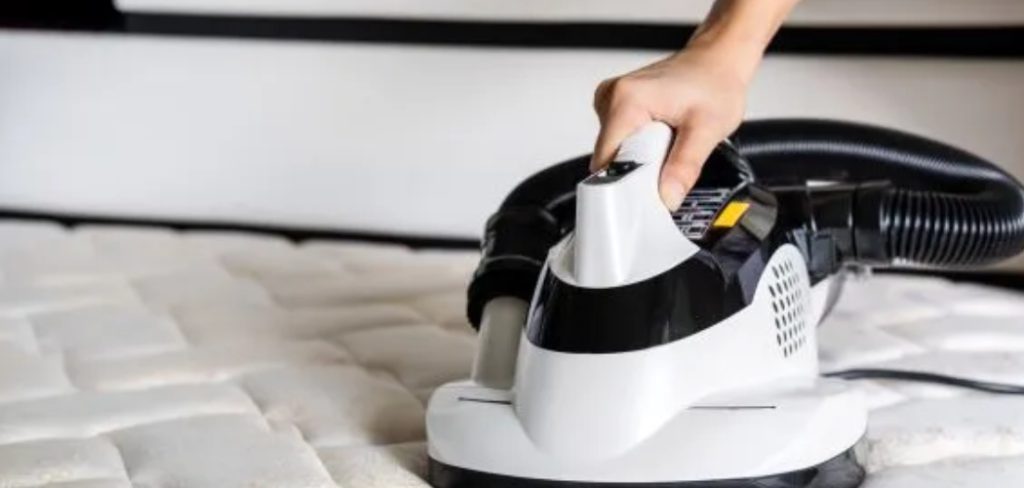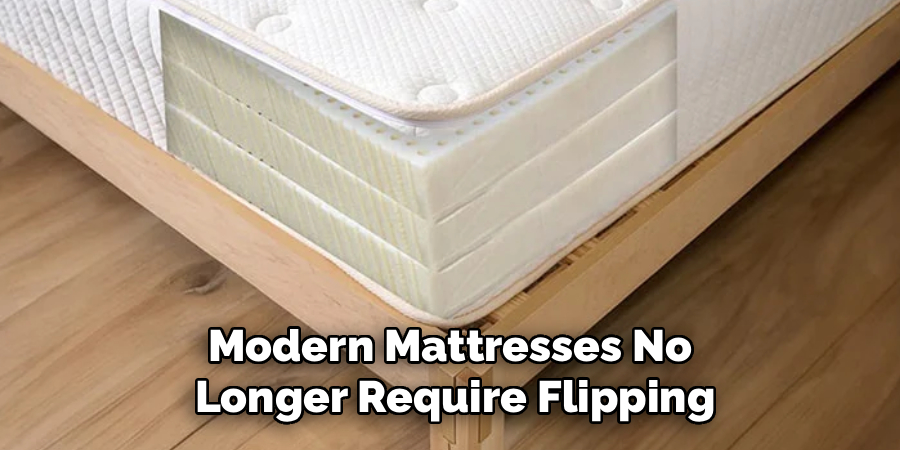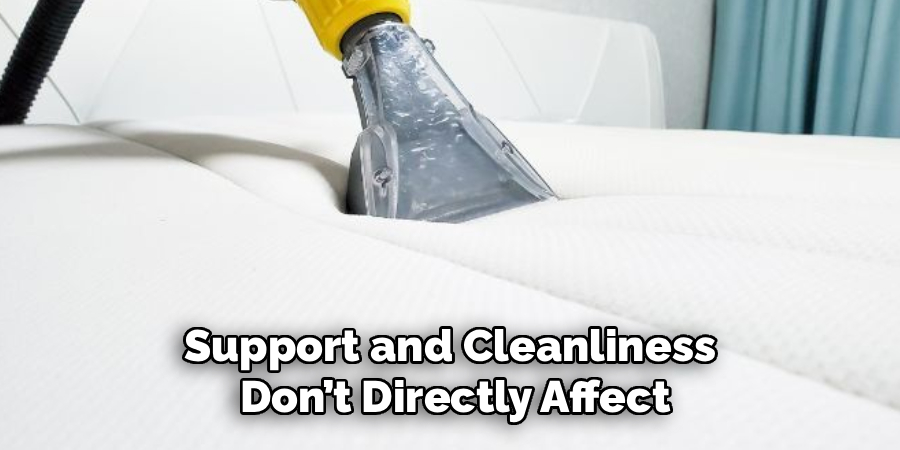Purchasing a new mattress is both exciting and a bit daunting. You’re looking forward to restful sleeps and waking up refreshed, but there’s also the reality that your mattress may feel firmer than expected straight out of the box. Many people are surprised when their new bed doesn’t immediately offer the comfort they imagined, but breaking in a mattress is a natural—and important—process.

Understanding how to break in a new mattress quickly can mean the difference between countless restless nights and a swift, seamless transition to proper sleep. In this guide, you’ll discover practical tips, step-by-step guidelines, FAQ, and common mistakes to avoid so you can maximize the comfort and lifespan of your new mattress while minimizing frustration.
Tools and Materials You’ll Need
Before you start the process, it’s helpful to gather a few tools and materials that will make breaking in your mattress faster and more effective:
- A clean set of sheets and a mattress protector
- Clothes or towels (to add weight if needed)
- Soft-bristled vacuum or handheld vacuum (for cleaning)
- Adjustable bed base (optional, if available)
- Mattress topper (optional, for temporary comfort)
- Fan or dehumidifier (if you live in a humid climate)
- Flat, sturdy support or bed frame
- A partner or friend (to help with some steps)
8 Simple Step-By-Step Guidelines on How to Break in a New Mattress Quickly
Step 1: Allow Your Mattress to Breathe
Once your mattress is unboxed and unwrapped, allow it to air out. Many mattresses, especially those shipped in compressed boxes, need several hours—or even a full day—to fully expand and release any factory or packaging odors.

Giving your mattress ample time to “breathe” not only helps eliminate unwanted smells but is also crucial for the mattress materials to reach their intended size and firmness. Place it in a well-ventilated room, and if possible, crack open a window or turn on a fan for better air circulation.
Step 2: Use Consistently from Day One
As tempting as it may be to avoid a firmer mattress for the first few nights, it’s important to start using your new mattress right away. Regularly lying, sitting, and moving on the mattress helps break down the material and encourages even wear.
Even if the first few nights aren’t as comfortable as you hoped, giving your body time to adjust to the new support is a vital part of the break-in process. Don’t rush to add mattress toppers or pads just yet; stick it out for a few days to let the mattress adapt to your body’s unique contours.
Step 3: Apply Extra Weight
If you want to speed up the break-in process, consider using some gentle, safe household methods to help loosen the mattress fibers. Spread out clean, heavy items like towels or clothing evenly across the mattress surface to mimic nightly use.
Avoid jumping or standing sharply on the bed, as this can damage the internal structure. Instead, distribute the additional weight for several hours at a time each day. This subtle pressure helps to soften the surface more uniformly, making it more comfortable more quickly.
Step 4: Move and Rotate Regularly
Most modern mattresses no longer require flipping, but rotating your mattress regularly during the first month can help speed up the softening of the comfort layers. Rotate the mattress 180 degrees once per week for the first few weeks.

This rotation allows different parts of the mattress to experience pressure, resulting in a more even break-in and prolonging its lifespan. By spreading out wear, you avoid developing permanent dips or uneven spots too soon in the mattress’s life.
Step 5: Warm Up the Room
Mattress materials like memory foam and latex can feel extra firm in cool conditions because their structure tightens up in lower temperatures. Warming up your bedroom slightly can help make your mattress feel softer and more malleable as you break it in.
Aim for a room temperature that feels comfortable to you but isn’t overly cool. A gentle warmth will relax the materials, making them more responsive to your body pressure and movement during the early weeks of use. If your mattress still feels stiff, a heated blanket set on low can be used briefly with caution.
Step 6: Consider Temporary Comfort Boosters
If, after a week or s,o you’re still struggling with the firmness, try sleeping with a mattress topper or padded mattress protector. These temporary comfort layers can take the edge off while still letting your body adjust to the feel of the mattress underneath.
Just be sure these items are thin enoughnot tot interfere too much with the mattress’s intended support. Remove the topper every few days to ensure your mattress continues to break in properly. Remember, the goal is to encourage the mattress to soften, not to mask its feel entirely.
Step 7: Keep the Mattress Clean and Supported
Good support and cleanliness don’t directly affect break-in, but they protect your investment and improve the process. Always use a sturdy, flat bed frame or platform that fits your mattress well, as sagging support can cause lumps or uneven wear.

Vacuum the mattress surface occasionally to remove dust and debris that may accumulate during the break-in period. Keeping your mattress clean and well-supported ensures the materials function as intended and adjust correctly to your body over time.
Step 8: Communicate with Your Mattress Retailer
If, after 30 days, your mattress still feels unbearably firm or uncomfortable, don’t hesitate to reach out to your retailer. Many companies offer sleep trials or break-in guarantees, allowing you to exchange or return the mattress if it simply isn’t right for you.
Before making any decisions, consult the warranty and trial period policy. Most manufacturers and retailers understand it can take several weeks to adjust and are willing to work with you to ensure your satisfaction. Be proactive and honest with your feedback; it could lead to a better sleep solution.
Following these steps on how to break in a new mattress quickly will ensure that you get the most out of your investment and enjoy a comfortable, restful sleep each night. Remember to take good care of your mattress by rotating it regularly and keeping it clean to prolong its lifespan.
Common Mistakes to Avoid
Avoid rushing to add thick toppers immediately, as this can hinder the break-in process. Don’t jump vigorously on your mattress, which can damage its internal structure. Skipping the daily use or rotation steps may lead to uneven wear. Ignoring the importance of support underneath can result in discomfort that isn’t the mattress’s fault.
Lastly, giving up too quickly can mean missing out on a mattress that just needs a little time to reach its full comfort potential.
Frequently Asked Questions
Q1: How Long Does It Typically Take to Break in a New Mattress?
A1: While every mattress and sleeper is different, most new mattresses require a break-in period of at least 30 nights. During this time, the materials adjust to your body weight and movements. Consistent nightly use is the most effective way to accelerate this timeline. If your mattress is still uncomfortably firm after 60 days, it may be worth consulting your retailer about options.

Q2: Can I Speed Up the Process of Breaking in My Mattress?
A2: Yes, there are several safe methods to hasten the break-in process. Consistently sleeping on the mattress each night is most effective. You may also use the gentle weight method or increase the bedroom temperature to help soften the materials. Just remember, shortcuts like excessive weight or rough treatment can reduce your mattress’s lifespan and void warranties.
Q3: Are Mattress Toppers a Good Idea During the Break-In Phase?
A3: Mattress toppers can provide temporary comfort if your mattress feels especially hard in the beginning. Choose a light, thin topper that does not drastically alter the mattress’s support. Remember to periodically remove it so your body has a chance to adapt to the mattress directly. Overuse of thick toppers may delay the true break-in process.
Q4: What Should I Do If My Mattress Still Isn’t Comfortable After a Month?
A4: If you’ve followed all recommended steps and your mattress remains uncomfortable after 30 days, reach out to your retailer. Many companies offer a trial period or satisfaction guarantee during which you can exchange or return the mattress. Before making any decisions, check the retailer’s policies and consider whether your discomfort might be caused by an unsuitable foundation or support system.
Conclusion
Breaking in a new mattress takes a blend of patience and proactive care. By following these step-by-step guidelines on how to break in a new mattress quickly, you’ll help your mattress reach optimal comfort and longevity far more quickly. Remember to use your mattress regularly, experiment with gentle, mattress-friendly techniques, and reach out to your retailer if needed.
Avoid common pitfalls, trust the process, and soon you’ll be enjoying nights of truly restful, rejuvenating sleep. Investing time and care at the start ensures your mattress will provide years of comfort and support—a reward worth every effort.
About
Construct Fixes is a distinguished figure in the world of Diy design, with a decade of expertise creating innovative and sustainable Diy solutions.
His professional focus lies in merging traditional craftsmanship with modern manufacturing techniques,
fostering designs that are both practical and environmentally conscious. As the author of diy,
constructfixes delves into the art and science of construction-making, inspiring artisans and industry professionals alike.
Education RMIT University
(Melbourne, Australia) Associate Degree in Design (Construct Fixes) Focus on sustainable design, industry-driven projects,
and practical craftsmanship. Gained hands-on experience with traditional and digital manufacturing tools, such as CAD and CNC software.
Nottingham Trent University
(United Kingdom) Bachelor’s in constructfixes.com and Product Design (Honors) Specialized in product design with a focus on blending creativity with production
techniques. Participated in industry projects, working with companies like John Lewis and Vitsoe to gain real-world insights.
Publications and Impact
In diy, Construct Fixes his insights on indoor design processes, materials, and strategies for efficient production.
His writing bridges the gap between artisan knowledge and modern industry needs, making it a must-read for both budding designers and seasoned professionals.
